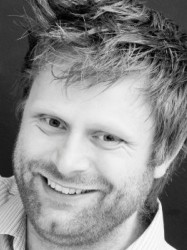BibTex format
@article{Vincent:2011:mmnp/20116305,
author = {Vincent, PE and Jameson, A},
doi = {mmnp/20116305},
journal = {Mathematical Modelling of Natural Phenomena},
pages = {97--140},
title = {Facilitating the Adoption of Unstructured High-Order Methods Amongst a Wider Community of Fluid Dynamicists},
url = {http://dx.doi.org/10.1051/mmnp/20116305},
volume = {6},
year = {2011}
}

